- 中文
- EN
- Français
- 日本語
- 한국어
- 繁體中文
Foundation: the Art Changsha 2022 Kicked Off in the Hunan Museum
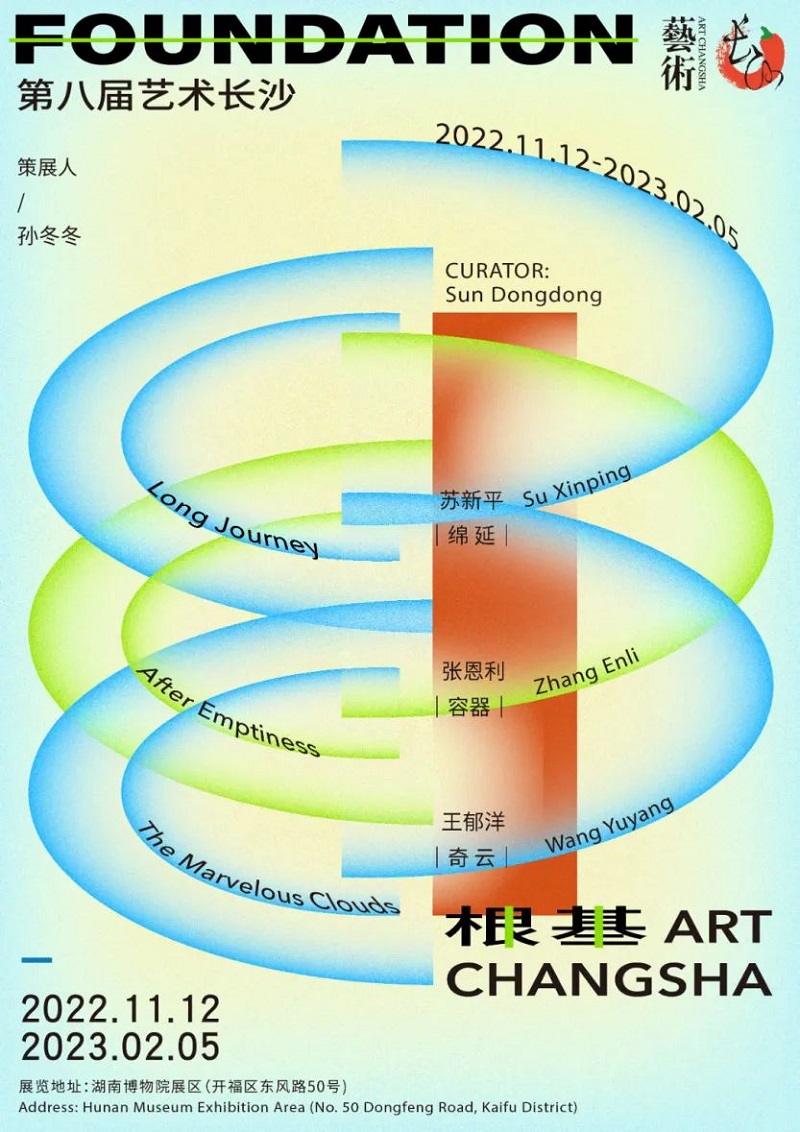
The exhibition "Foundation: the Art Changsha 2022" was grandly opened in the Art Hall of the Hunan Museum on November 12. The exhibition continues to follow the curatorial concept of the previous "Art Changsha", and adopts the visiting experience mode that three museums hold the exhibition simultaneously, and jointly present eight solo art exhibitions of domestic and foreign artists. The theme selection of the three exhibition areas closely follows the pace of the times. With the joint efforts of the chief planner and the curators of each exhibition area, this exhibition will contribute to the implementation of Hunan's strategy of "strengthening the provincial capital", showing the unique vitality of contemporary art and the unique siphon effect of Changsha.

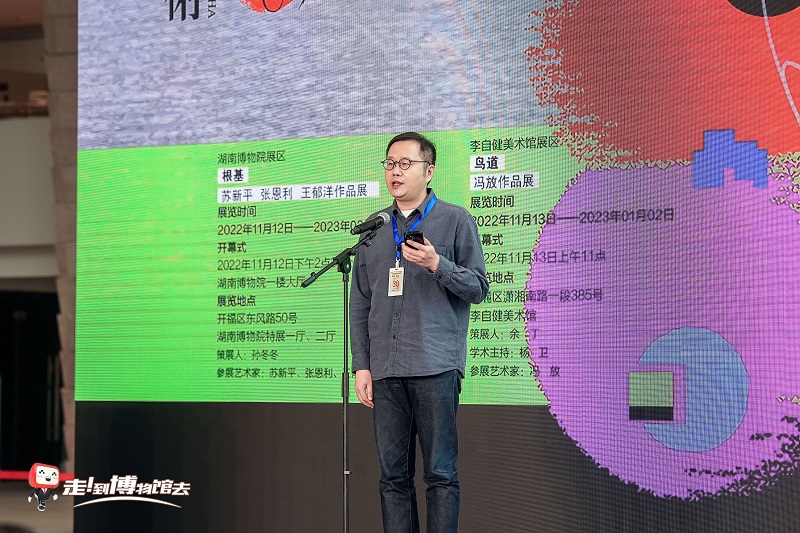
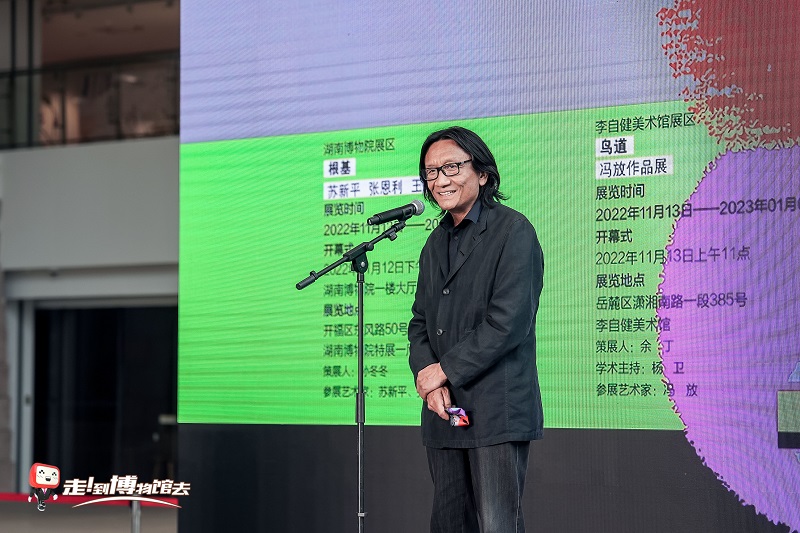
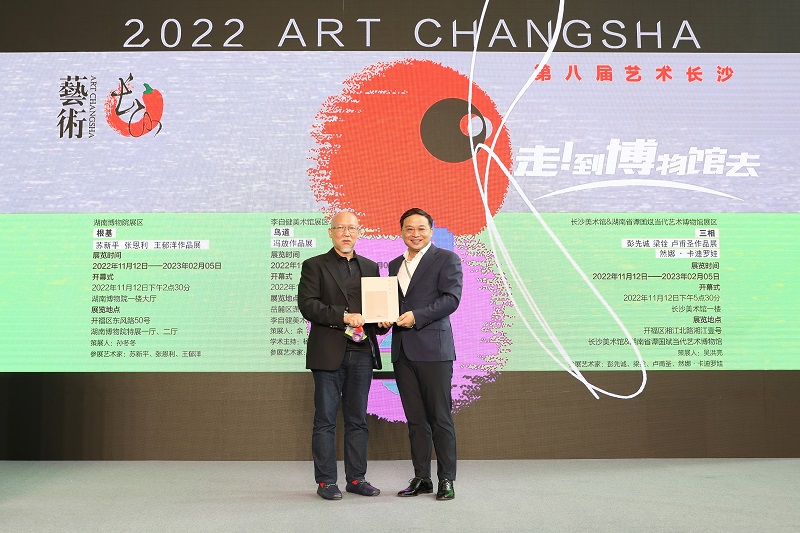
Since the biennial exhibition—"Art Changsha" was jointly launched in September 2007 by the Hunan Museum, Hunan Broadcasting System, and Hunan Tan Guobin Contemporary Art Museum, it has been held for the eighth time, and has gradually grown from a regional exhibition to a major contemporary art exhibition with international vision and influence, becoming one of the most academic and contemporary biennials in the Chinese art world.
This "Art Changsha" was held in three exhibition areas. Each exhibition area presents different highlights according to the different characteristics of the venues and the displaying form of the artists' works. The special exhibition hall of the Hunan Museum is a grand venue, carrying the profound historical heritage of Hunan culture, and there is a certain natural confrontation and connection with contemporary artworks, enabling a dialogue between traditional culture and contemporary art. "Foundation - the Artworks Exhibition of Su Xinping, Zhang Enli and Wang Yuyang" covers a variety of medium of creation such as oil painting, sculpture, installation, etc. "Cross-boundary and fusion" are the common artistic characteristics of the three artists. They all utilize oil painting as the main means of creation, but at the same time use other materials to make new attempts. For example, Su Xinping started from printmaking, used oil painting to create a large number of figures and landscape paintings, and then explored the practical significance of contemporary sculpture; Zhang Enli was fascinated by the exploration of modern installations based on the display of oil painting itself and research it carried. Wang Yuyang took the texture and medium of oil painting as an intervention point, and was committed to the experimental art of multi-media such as digital micro-injection, installation, and video.
From a curatorial point of view, the exhibition area of Hunan Museum takes "Foundation" as its theme, and from the macro perspective of Chinese civilization, oil painting is used as a clue of cultural transmission, trying to explain the progress of its dissemination, promotion and evolution in China as an internalization process that accompanies the Chinese-style modernization process. "Foundation" of this exhibition consists of three solo art exhibitions of Chinese artists: Zhang Enli’s "After Emptiness",Wang Yuyang's "The Marvelous Clouds" and Su Xinping’s "Long Journey". As for the concept and practice of art, although three artists own different orientations, from their artworks, the public could capture a modern experience of Chinese art represented by oil painting throughout the ancient and modern times: one is universal living world that keeps pace with the times, and the other is the value world of thinking and presenting "who we are", the two worlds are dialectically unified in the narrative and practice of self-history. Therefore, in a sense, the "civilization" here does not mean a context of the past, on the contrary, it is a scene of historical possibility, about how we move towards the future.
Changsha Museum of Art & Hunan Tan Guobin Museum of Contemporary Art take "San Xiang" as the theme, focusing on the cultural inheritance and the renewal of the times of Chinese painting. Through the three solo exhibitions of Peng Xiancheng, Liang Quan and Lu Fusheng as well as the imagery of the Xiangjiang River flowing through Changsha not only suggest the historical significance and geographical role of Hunan's cultural lineage in China's modernization process, but also present the different aspects of the three painters' responses to history, surroundings and themselves in the contemporary context with the wisdom of Chinese civilization's water.
The exhibition area of Li Zijian Art Museum was officially opened on November 13, 2022 under the theme of "Birds - Endless Life". The exhibition brings together a full series of artworks created by artist Feng Fang with the theme of "Migratory Birds-Cranes", forming a strong retrospective lineup, covering a variety of artistic expressions such as composite painting, ink painting, oil painting, installation sculpture, video and interactive video, presenting the artist's in-depth thinking on the theme of "cranes" and contemporary artistic expressions full of oriental philosophy from multiple perspectives and horizons, creating a dramatic and visually impactful, thought-provoking space.
Artists and Exhibits
Su Xinping:Long Journey
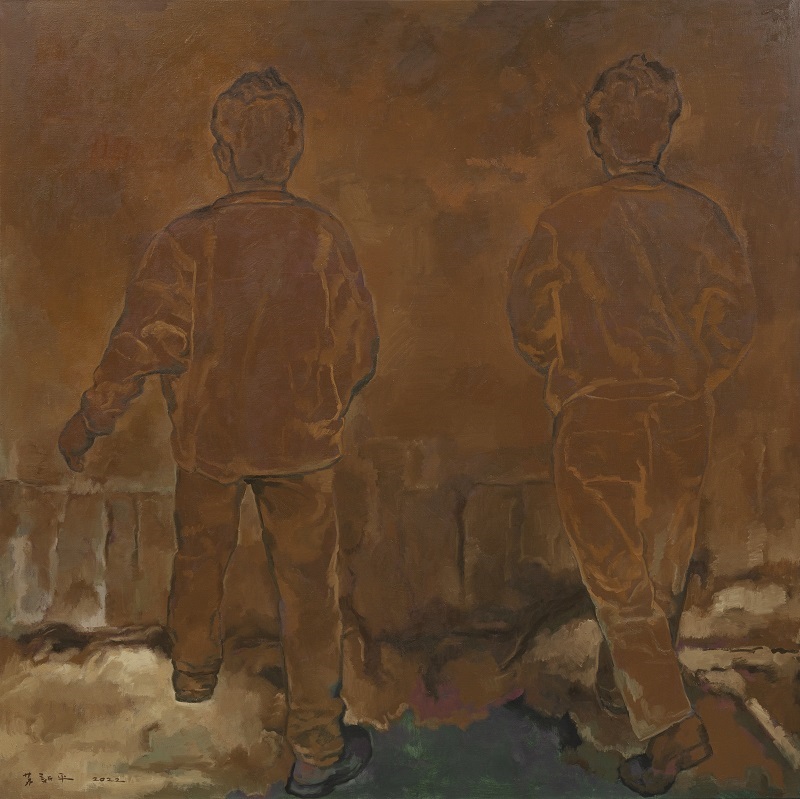
The Back
Su Xinping was born in Jining, Inner Mongolia in 1960. It is a plateau area with strong sunshine, with sparse vegetation and population. Su Xinping, who grew up in such an environment, was relatively introverted. In 1977, Su Xinping joined the army as a field soldier. In 1978, he was transferred to the film team. He drove on the wasteland to the border guard post to play movies. The people of Inner Mongolia left Su Xinping an impression that they were short-spoken but warmhearted. After coming to the city from the "marginal area" in the 1980s, Su Xinping's incompatibility with the city and his sense of distance were intertwined with his understanding of the city and society, and he established his artistic thought. Su’s heart is full of passion, and at the same time expresses himself in a very gentle way. The two figures in "The Back" seem to be walking forward on a puddle, and they are facing neither a road nor a wasteland.
Zhang Enli: After Emptiness
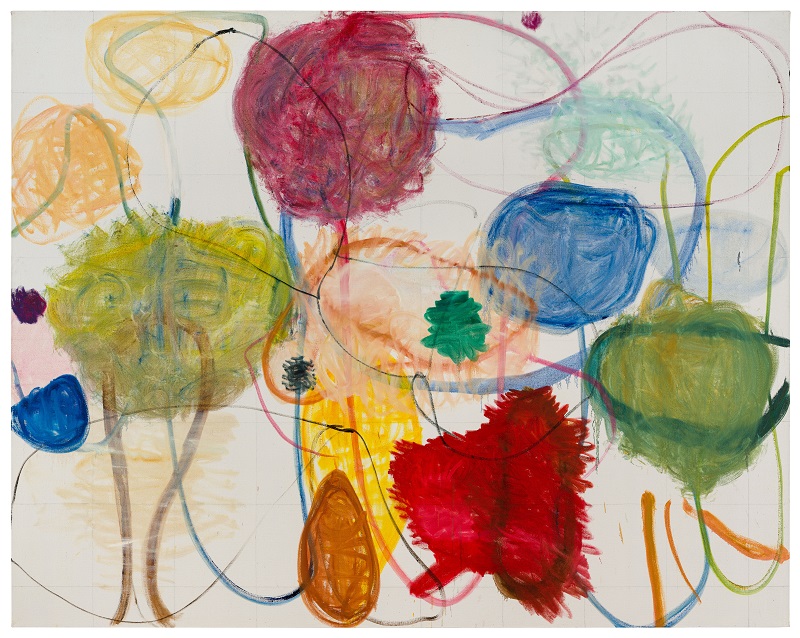
Sloven
Zhang Enli, born in Jilin in 1965, and started his creative career in Shanghai in 1990. Zhang Enli started from the direct depiction of characters, and gradually turned to depicting objects. Objects around a person may better reflect the person's state, and people who see the objects can also evoke the memory of them. The iron wire and water pipes painted by Zhang Enli were mainly expressed by lines, which was related to the Chinese painting he painted when he was a child. The entanglement, vitality and layers of the thread were alive and imperfect, and could reflect a person's mental state. In recent years, Zhang Enli has become increasingly able to view the world from the perspective of a bystander. Starting from the perception and communication of space, he drew large-scale paintings. When surrounded by those entwined, layered, and vivid lines, people's perception of space has also changed. These lines can be used to describe people, objects, and scenes in memory, but Zhang Enli tried to blur the memory in his head a bit more.
Wang Yuyang: The Marvelous Clouds
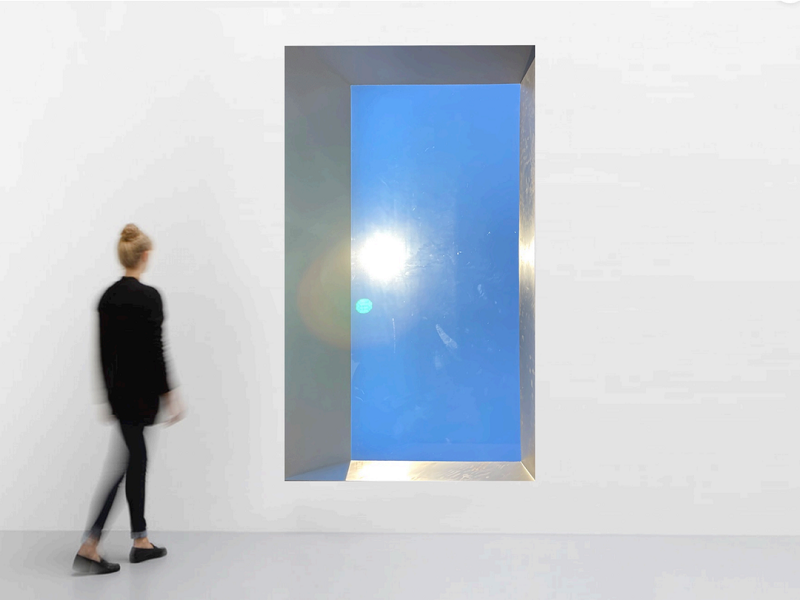
Daylight
Wang Yuyang, born in Harbin in 1979. Wang Yuyang is with computers almost all the time, and he often talks about his relationship with computers through his works. If a piece of work needs to be completed in a factory or a laboratory, then this piece of work will also include the connection between Wang Yuyang and the workers and scientists. The presentation of these works can more or less arouse the audiences' understanding of the works, and these understandings are related to the audiences' own cognition, or general cognition. When the audiences further understand the creative intention of the work, the medium used and other information through the artist, they may find that it is completely different from their own understanding of the work, and a psychological imbalance would occur, and emergence of this imbalance is the direction that Wang Yuyang continues to explore on the road of art. It is very important for Wang Yuyang to change the audiences who watch the works and our general perception of everyday things, just like what he can experience in the process of dealing with computers: the virtual world brought to us by the Internet may create a real space for us.
The Exhibition Areas
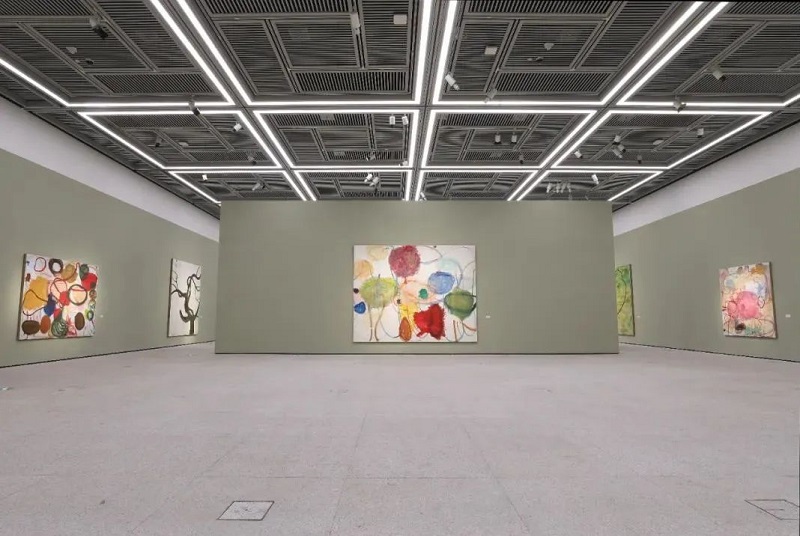
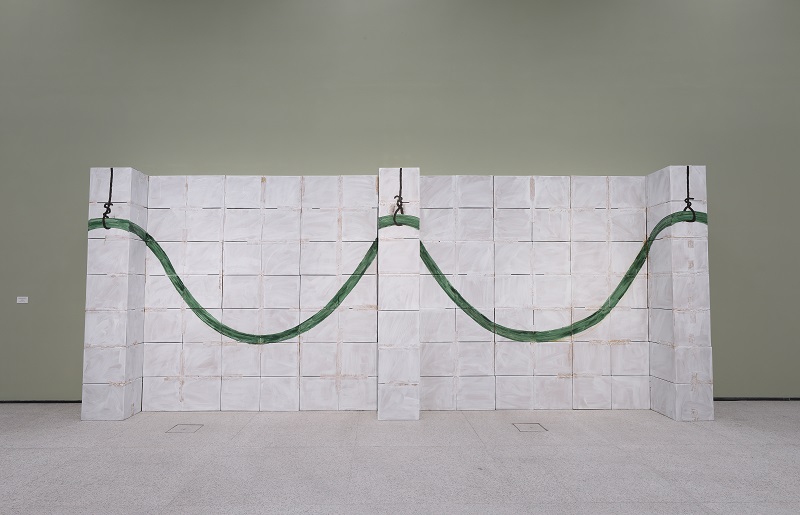
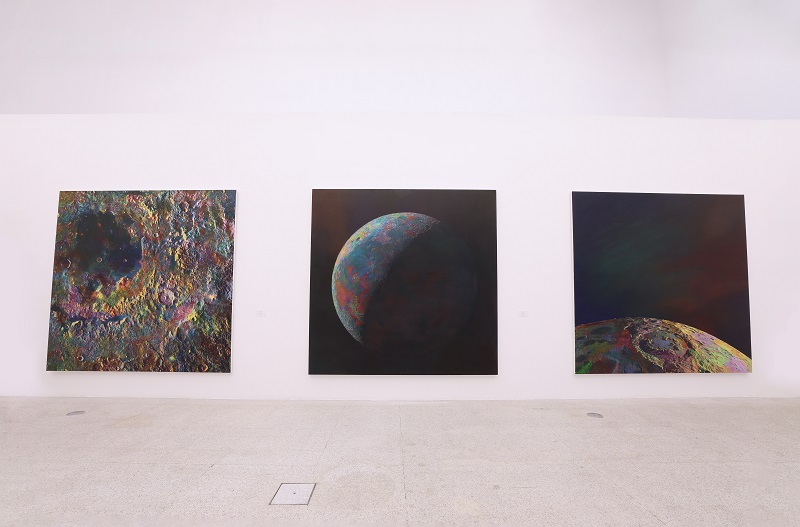
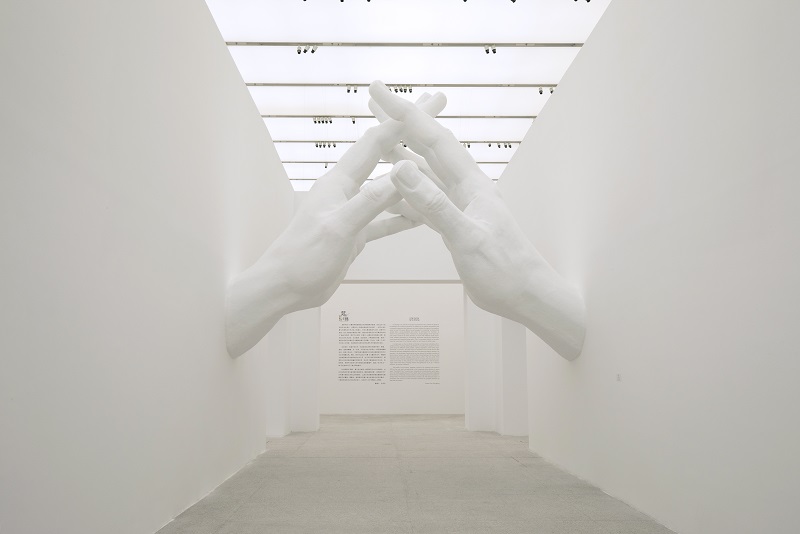
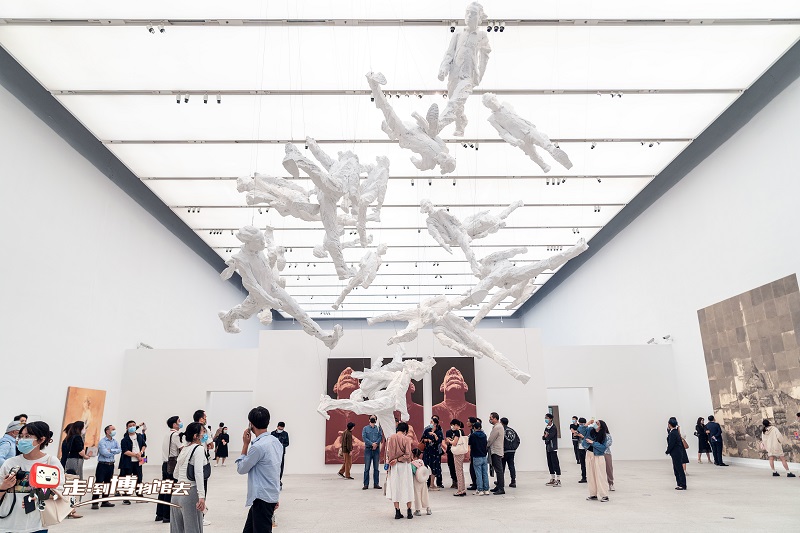
The exhibition is open to the public free of charge from November 12, 2022 to February 5, 2023 in the special exhibition halls 1 and 2 of the Hunan Museum. Visitors can log in to the Hunan Museum's official WeChat platform, Alipay applet, and official website to reserve tickets.



